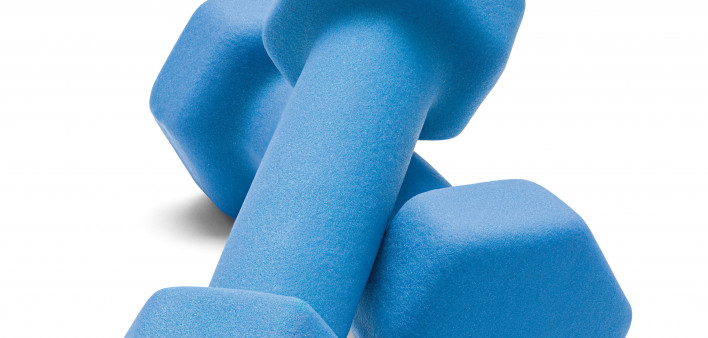Strength training—which primarily involves lifting weights—leads to greater loss of total body fat than endurance training—including activities such as running and biking—in people living with HIV, according to a study published in the October issue of The Journal of Clinical Endocrinology & Metabolism. While these findings may be good news for people with fat increases associated with lipodystrophy, they also suggest a heightened risk of additional fat loss in people with lipoatrophy.
Both types of exercise have been examined to determine how well they protect against or reverse metabolic disorders such as diabetes and gut fat accumulation in HIV-negative patients. The two have never been compared head-to-head, however, to determine which might be better for a variety of HIV-related problems such as controlling blood sugar, eliminating gut fat and preserving fat in the face and limbs.
Birgitte Lindegaard, MD, PhD, and her colleagues from the University of Copenhagen in Denmark enrolled 18 sedentary HIV-positive men who had experienced loss of fat in their face, buttocks or limbs and at least one other marker of lipodystrophy, including elevated cholesterol, reduced insulin sensitivity and gut fat accumulation. Eight of the men were randomized to undergo supervised endurance exercise training three times per week for 16 weeks, and 10 men were randomized to undergo supervised strength training three times per week for 16 weeks. The average age in both groups was 47, and the average body mass index was in the normal range.
Lindegaard’s team found that both groups improved in how well their bodies processed blood sugar. However, the strength-training group had a significant total loss of body fat and weight—including additional loss of limb fat—even though the men also gained lean muscle mass. The endurance-training group did not lose a significant amount of fat or weight, nor did those men gain lean muscle mass. They did have reductions in a number of markers of immune inflammation, which are associated with both diabetes and cardiovascular disease, while the strength-training group did not.
The authors acknowledge that their study size was small and they did not compare either group to a control group of individuals who didn’t exercise. Also, contrary to this study, previous studies have found reductions in gut fat accumulation in HIV-negative men who practiced endurance training. Nevertheless, Lendegaard and her team recommend that people living with HIV who have lipodystrophy would benefit from both types of exercise.

Istock






2 Comments
2 Comments